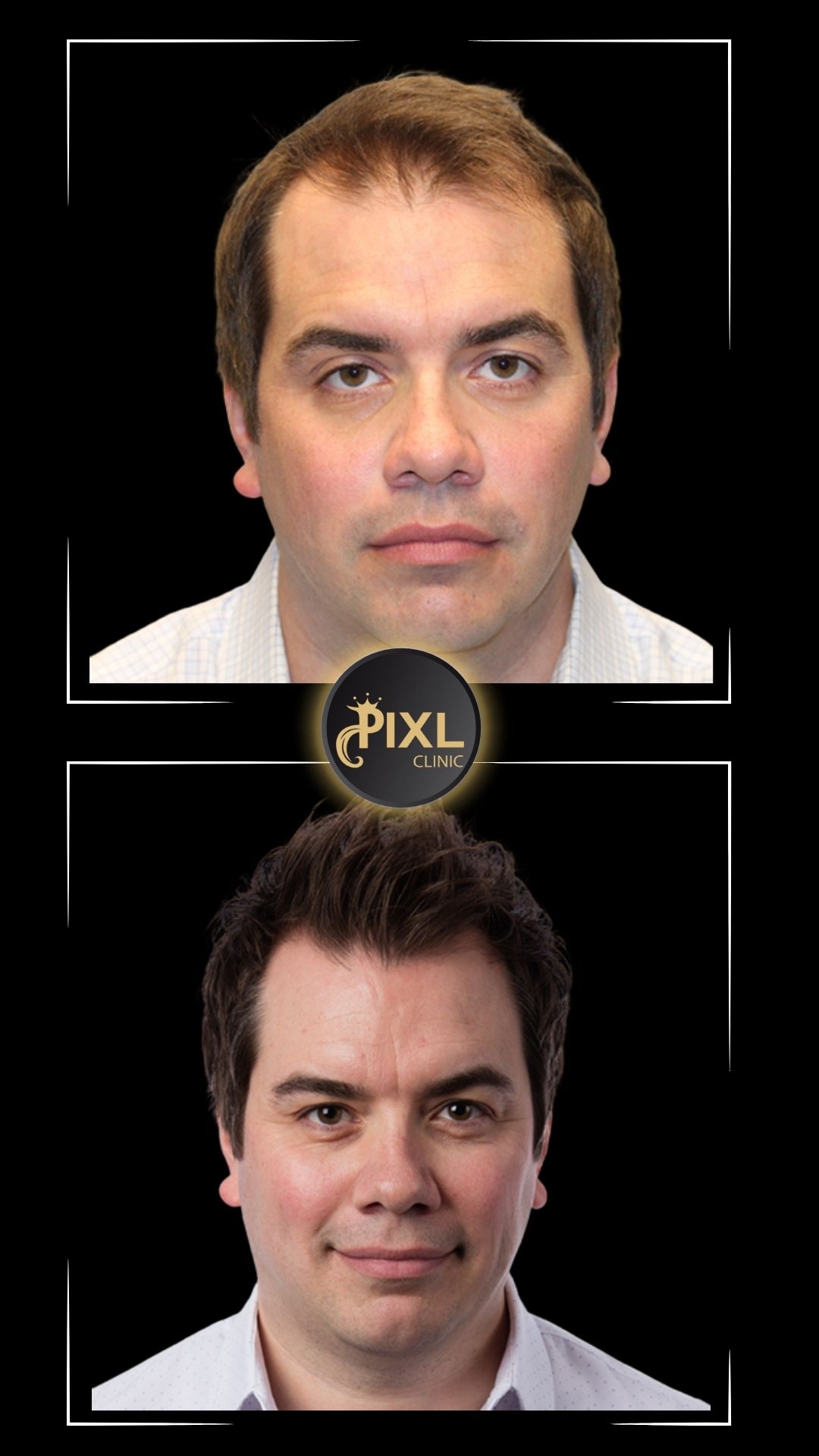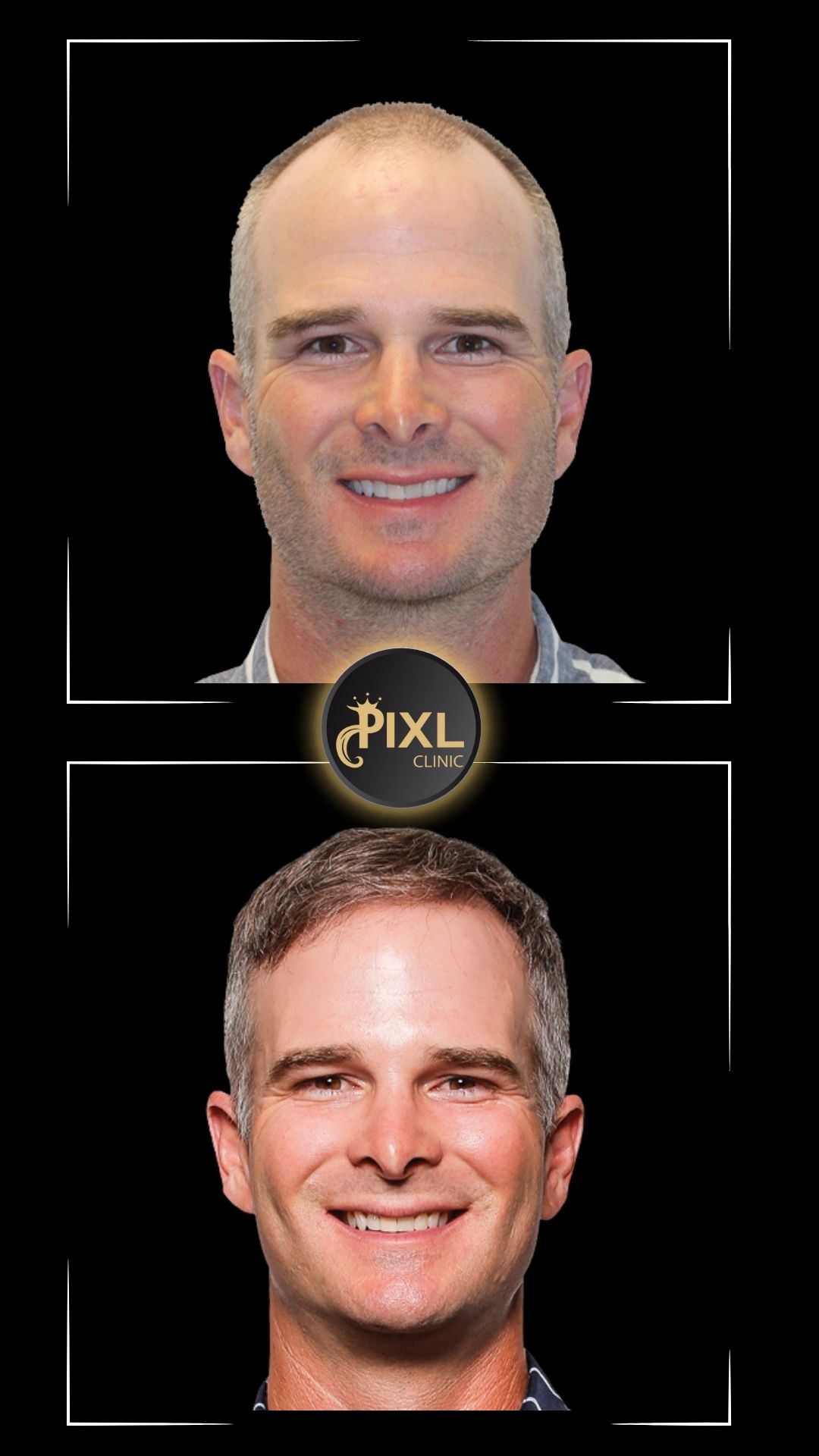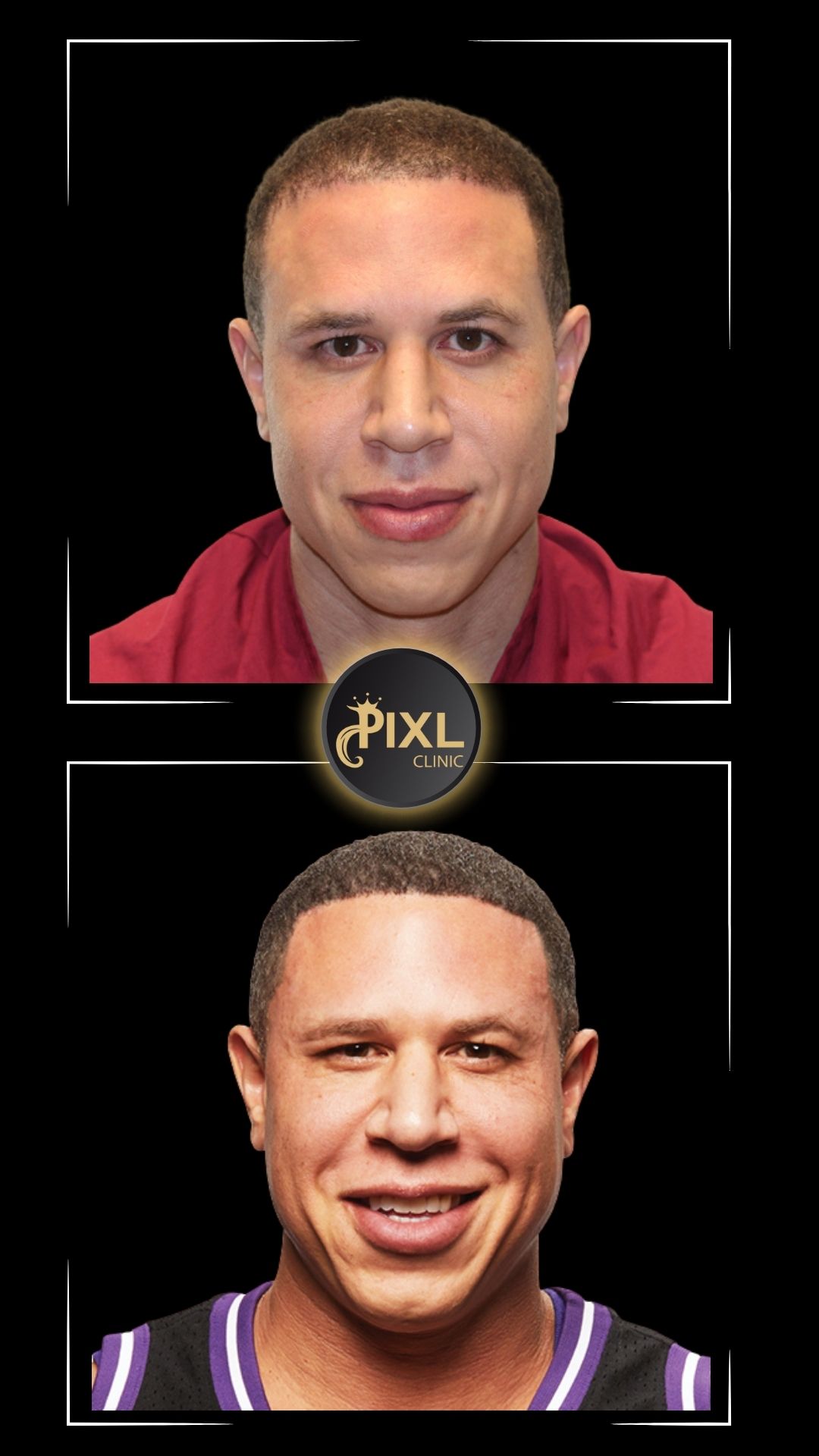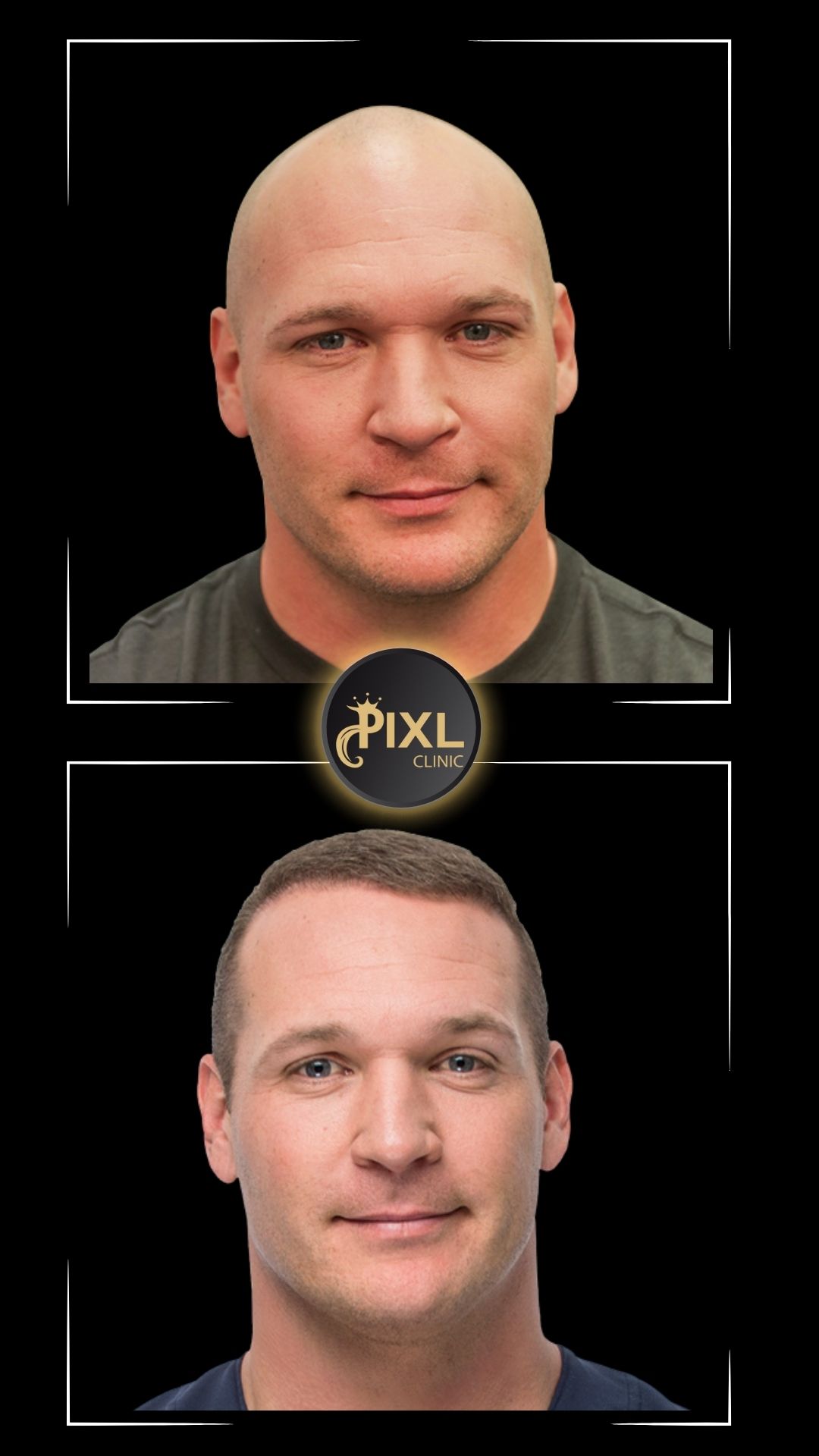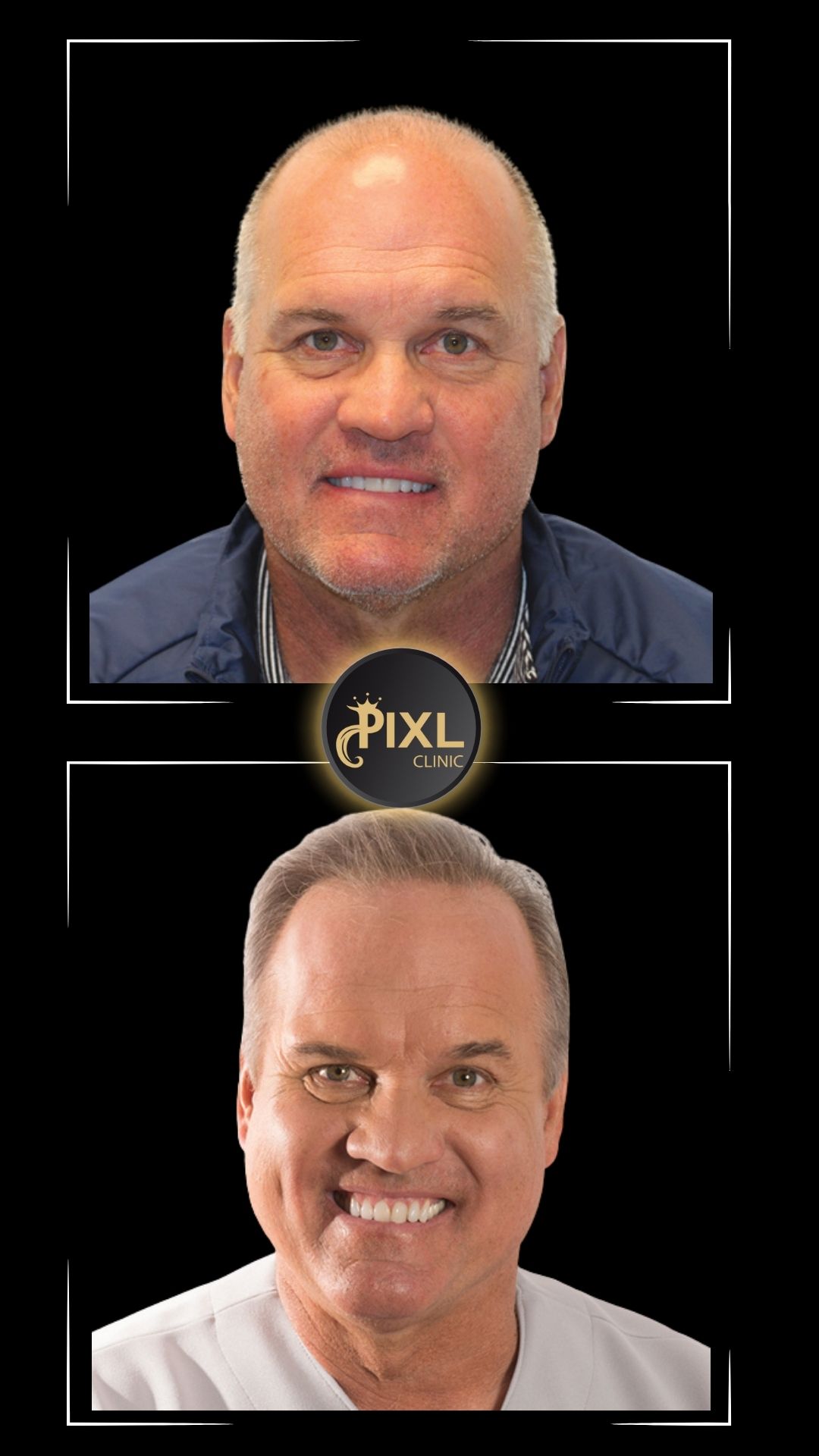Mo Salah Hair Transplant: Did the Football Star Enhance His Iconic Hair?
Mohamed Salah, the Egyptian football superstar and Liverpool icon, is known for his incredible skills on the field and his signature voluminous curly hair. However, in recent years, some fans have speculated whether Salah may have undergone a hair transplant to maintain or enhance his hairline. In this blog, we’ll explore the rumors, the science behind hair transplants, and what this could mean for public figures like Salah.
What Sparked the Speculation About Mo Salah’s Hair?
Mohamed Salah has always been recognized for his thick and distinctive curls. However, early photos from the beginning of his career show a hairline that appeared to be slightly receding at the temples—a common early sign of male pattern baldness. In more recent years, Salah’s hairline appears to have regained density, sparking questions about whether he underwent a hair restoration procedure.
Visible Changes:
- Early Career: A slightly higher hairline with some temple thinning.
- Recent Years: A fuller and more even hairline, with no visible thinning areas.
While Salah has not addressed these rumors publicly, the changes in his hairline could be the result of natural thickening, careful styling, or a hair transplant.
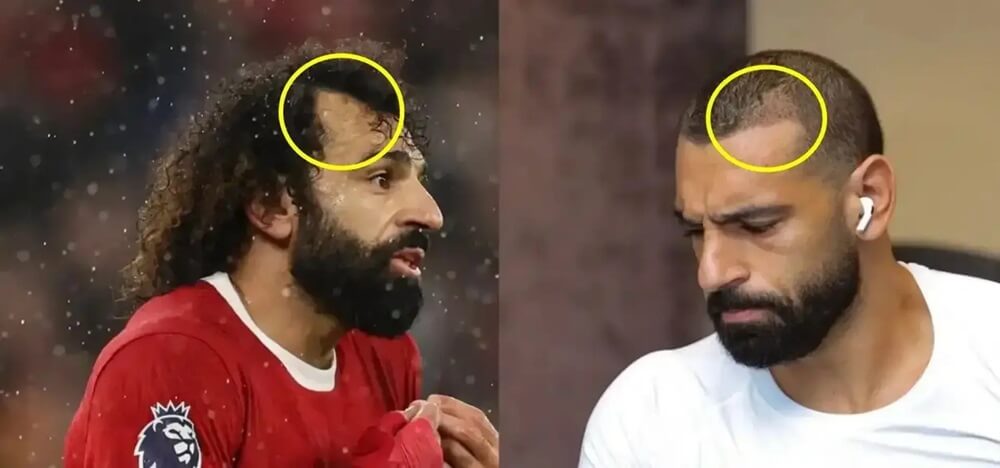
Why Would Mo Salah Consider a Hair Transplant?
If Mo Salah did opt for a hair transplant, here are a few potential reasons:
- Maintaining His Iconic Look: Salah’s hair is part of his personal brand. As one of the most recognizable footballers in the world, maintaining his thick, curly hair is an essential aspect of his appearance.
- Preventing Future Hair Loss: Male pattern baldness progresses over time, often starting with temple recession or thinning at the crown. Addressing it early can help preserve a youthful look.
- Professional Image: For a global sports star constantly in the public eye, confidence and appearance play an important role, both on and off the field.
- Technological Advances: Modern hair restoration techniques are minimally invasive and deliver natural results, making them an appealing option for public figures.
How Hair Transplants Work
If Salah underwent a hair transplant, he likely chose one of these advanced methods:
FUE (Follicular Unit Extraction):
- Individual hair follicles are extracted from a donor area (typically the back of the scalp) and transplanted to the thinning area.
- Leaves minimal scarring and produces natural results.
FUT (Follicular Unit Transplantation):
- A strip of scalp is removed, and the follicles are harvested and transplanted.
- Often used for larger transplants but leaves a linear scar.
Both techniques are designed to restore hair permanently, as the transplanted follicles are resistant to the hormone (DHT) responsible for hair loss.
Could It Be Natural?
It’s also possible that Salah’s thicker hairline is the result of:
- Styling Techniques: Proper grooming, volumizing products, and styling can create the illusion of fuller hair.
- Genetics: Salah may have naturally thick hair that recovered from earlier signs of thinning.
- Hair Care Regimens: Consistent hair care, including diet and the use of hair-thickening treatments, could have helped improve his hairline over time.
Hair Restoration Among Athletes
Salah isn’t the only athlete who may have addressed hair loss. Several high-profile footballers, including Wayne Rooney, David Silva, and Antonio Conte, have openly discussed their hair transplants. The demands of their profession—constant media attention, stress, and aging—often lead public figures to seek solutions for hair loss.
What We Can Learn From Mo Salah’s Hair Journey
Whether or not Salah has had a hair transplant, his potential transformation highlights some key points about hair restoration:
- Addressing Hair Loss Early: The earlier you address hair loss, the better the results. Early action can prevent further thinning and restore confidence.
- Modern Technology: Hair transplants today are natural-looking and minimally invasive, making them a viable option for anyone concerned about hair loss.
- Confidence Matters: For public figures like Salah, appearance can directly impact confidence and performance, but this is true for everyday individuals as well.
While Mo Salah hasn’t confirmed or denied having a hair transplant, his fuller hairline and consistent appearance have fueled speculation. Whether achieved through natural means, professional styling, or hair restoration techniques, Salah’s thick and iconic curls remain a defining part of his look.
If you’re inspired by Salah’s hair and considering a hair transplant yourself, consult with a qualified specialist to explore your options. Hair restoration technology has made it easier than ever to achieve natural, long-lasting results—helping you look and feel your best.
FAQ: Mo Salah Hair Transplant
Did Mo Salah have a hair transplant?
Mo Salah has not publicly confirmed undergoing a hair transplant. However, noticeable changes in his hairline, such as a fuller and more consistent appearance in recent years, have led to speculation.
Why do people think Salah might have had a hair transplant?
- Early photos show a slightly receding hairline, particularly at the temples.
- Recent photos reveal a thicker and more even hairline, which is often associated with hair restoration procedures.
What type of hair transplant could Salah have had?
If Salah had a hair transplant, he likely underwent:
- FUE (Follicular Unit Extraction): A minimally invasive procedure that extracts individual follicles and transplants them to thinning areas.
- PRP Therapy (Platelet-Rich Plasma): Sometimes used alongside transplants to promote hair growth and density.
Could Salah’s thicker hairline be natural?
Yes, it’s possible. Factors such as proper styling, hair care routines, genetics, or the use of volumizing products could also account for the improved appearance of his hairline.
Why might a public figure like Salah consider a hair transplant?
- Maintain Brand Image: Salah’s hair is part of his personal and professional image.
- Boost Confidence: A fuller hairline enhances appearance and self-esteem.
- Prevent Hair Loss Progression: Addressing hair loss early can help maintain a youthful look.
Are hair transplants common among athletes?
Yes, many athletes and public figures have openly discussed or been speculated to have undergone hair restoration, including Wayne Rooney, David Silva, and Antonio Conte. The demands of their careers often lead them to address hair loss proactively.
How do hair transplants work?
Hair transplants involve relocating hair follicles from a donor area (usually the back or sides of the scalp) to thinning or balding areas. The transplanted hair is resistant to DHT, the hormone responsible for hair loss, and grows naturally in its new location.
Are the results of a hair transplant permanent?
Yes, transplanted hair is generally permanent as it retains its genetic resistance to hair loss. However, natural hair surrounding the transplanted area may continue to thin, requiring maintenance or follow-up treatments.
How long does it take to see results from a hair transplant?
- 1–3 Months: Initial shedding phase (shock loss) occurs.
- 3–6 Months: New hair begins to grow.
- 6–12 Months: Noticeable growth and thickening.
- 12–18 Months: Final results, with full density.
How much does a hair transplant cost?
The cost of a hair transplant varies based on location, technique, and the number of grafts needed. Prices typically range from $3,000 to $15,000, with some clinics offering lower-cost options in countries like Turkey.
Can hair loss return after a transplant?
Transplanted hair is permanent, but surrounding natural hair may continue to thin. Maintenance treatments like minoxidil, finasteride, or PRP therapy can help prevent further loss.
Is it painful to undergo a hair transplant?
Hair transplants are generally performed under local anesthesia, making the procedure relatively painless. Some discomfort may occur during the healing process, but it is usually manageable.
What alternatives exist to hair transplants?
If you’re not ready for a transplant, consider:
- Minoxidil: A topical solution that stimulates hair growth.
- Finasteride: An oral medication that slows hair loss.
- PRP Therapy: Stimulates hair growth with platelet-rich plasma injections.
- Hair Fibers or Concealers: Temporary solutions for thinning areas.
How do I choose the right clinic for a hair transplant?
- Research clinics with strong reputations and positive reviews.
- Verify the qualifications and experience of the surgeon.
- Check before-and-after photos of previous patients.
What can we learn from Mo Salah’s hair journey?
Salah’s potential hair transformation highlights the importance of addressing hair loss early, using modern techniques, and prioritizing confidence and appearance—especially for individuals in the public eye.






